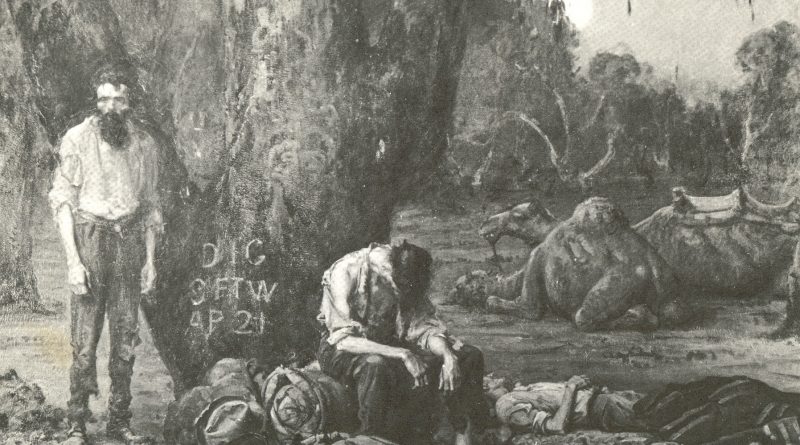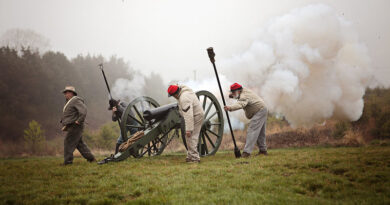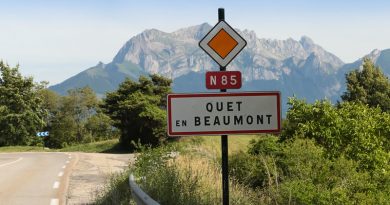Australia’s Lost Explorers
Due to the hostile environment in Australia and the immense distance from Europe, many of the explorers who played key roles in the country’s discovery met unfortunate ends, often dying during the journey or simply vanishing without a trace. George Bass, a naval surgeon, was among the most famous. Along with his travelling companion and dear friend Matthew Flinders, Bass was most famous for discovering Van Diemen’s Land (modern-day Tasmania). They were also known for their exploration of Southern New South Wales and charting the Singapore Strait for the first time.
Looking to make a fortune for himself, Bass embarked for Peru, intending to export llamas, only to disappear on the journey without a trace. Suffering a similarly mysterious fate was the German-born explorer Ludwig Leichhardt, whose epic 3000 mile journey from Darling Downs to Port Essington was unprecedented at the time, earning him the title ‘Prince of Explorers’. Leichhardt’s second attempt at traversing Australia from east to west however, ended in tragedy.In a party of seven men and much livestock, the expedition was expected to take between two and three years. However, the party were never heard from again, and it is assumed that they died somewhere in the Great Sandy Desert.
Although there are a number of theories about his fate, which sprouted from the findings of search parties, such as being killed by hostile natives, the truth still remains elusive today. Another early casualty of the harsh Australian desert was Alfred Gibson, a young man who accompanied the famous Australian explorer Ernest Giles on his second expedition towards the Indian Ocean. When Gibson’s horse died, Giles tasked him with riding back to camp on his own horse to get help while he made his way back on foot. Reaching the camp eight days later and at the brink of exhaustion, Giles discovered that Gibson had disappeared along the way. Commissioning a search for his lost companion the next day, Giles was unable to pick up a trace of his companion, and with supplies dwindling, gave up the search, while naming the Gibson Desert after his vanished companion.
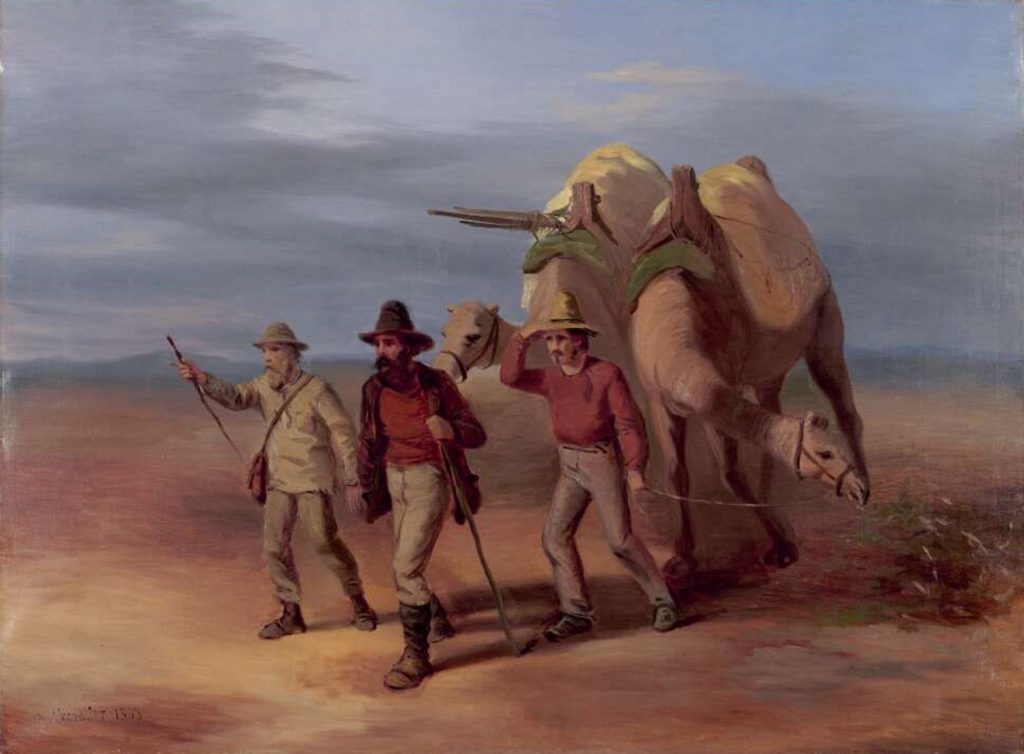
As the twentieth century progressed, aeronautical exploration became increasingly common. However, due to the limitations of technology of the time, many of these pioneers did not survive their journeys. Australia’s most famous pilot of this era, Charles Kingsford Smith was one of these casualties. Having survived a number of near-death experiences, including nearly drowning at Bondi Beach as nine-year old, serving at the catastrophic Battle of Gallipoli and making the first plane journey across the Pacific Ocean from California to Brisbane.
Amongst his other achievements were the record for fastest aerial circumnavigation of Australia and for flying from England to Australia. Indeed, it was this route, which would eventually lead to his demise, with Smith disappearing off the coast of Burma five years after setting the record, in 1935. Many other notable lost Australian explorers’ fates were not so shrouded in mystery. Indeed, the founder of Australia himself Captain James Cook met his end miles from Australia in the Hawaiian Islands, where he was eaten by cannibalistic natives.
One of the most accomplished explorers in British history, Cook was responsible for the first European contact with Eastern Australia and the Hawaiian Islands, in addition to being the first to circumnavigate New Zealand whilst mapping the Pacific Islands to an extent never before accomplished. On his third and final Pacific expedition, Cook made camp in Kealakekua Bay, Hawaii during the natives’ religious ceremony Makahiki dedicated to their deity Lono. Although the Hawaiians initially received Cook warmly, when he returned shortly after setting sail, they grew suspicious, and eventually hostile. They eventually killed him in a stabbing frenzy before eating his remains.
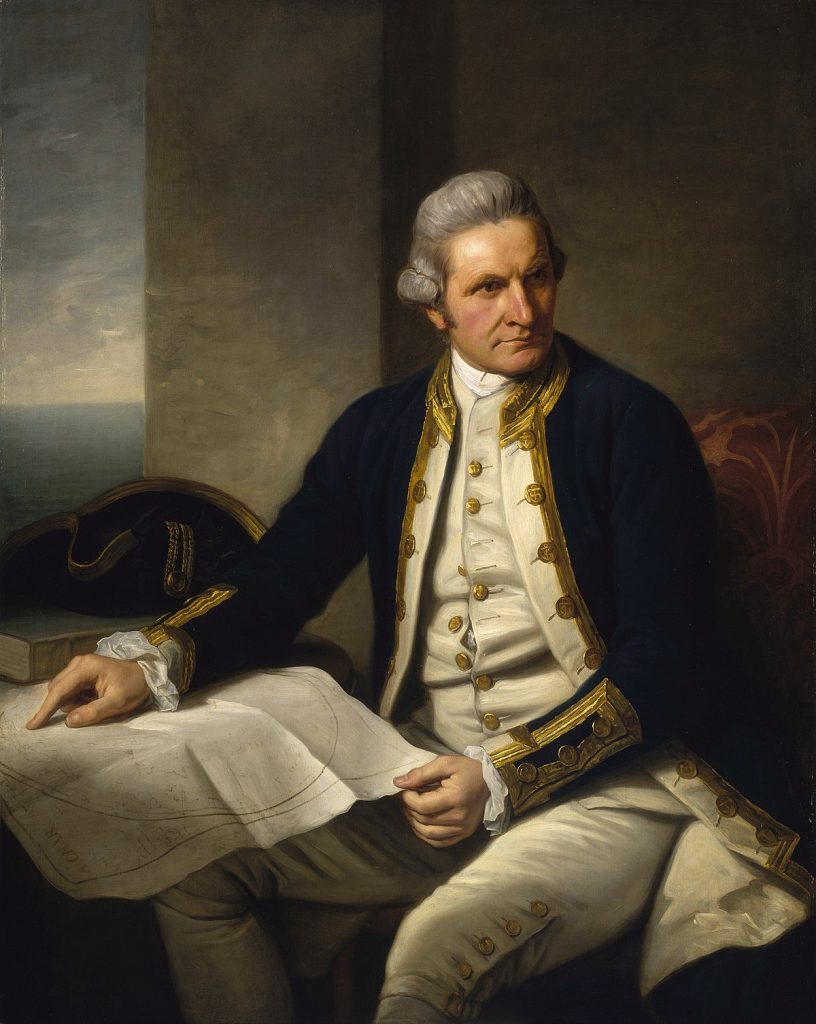
Meeting a similar fate many years later was the explorer Edmund Kennedy, a charismatic young man from a wealthy background. Making a name for himself as second-in-command of Thomas Mitchell’s expedition to the Gulf of Carpentaria, he eventually assumed control of an expedition of his own to the mouth of the Victoria River. He met his end on his final journey, following the coast to Cape York. However, he was not sufficiently prepared. Growing weaker in the hostile terrain, and with many of his party already dead or dying, the group became targeted by a group of Aboriginals, who speared Kennedy. Only Kennedy’s servant Jackey Jackey and two others survived.
Chief among the explorers who were found too late was Comte de la Perouse, considered by many as the Pacific’s greatest explorer after Cook, his expeditions followed a similar route to Cook. He did explore Alaska and the Northern Pacific as well before being ordered by his superiors to investigate Botany Bale, the first British settlement in Australia. After completing this tasked, his crew set sail for Polynesia, only to not be seen again. Four decades later, the remnants of the expedition were found by Irish sailor Peter Dillon. While one of La Perouse’s ships was destroyed by the cyclone, the other survived the storm, with many crew members making it to shore. Although many were killed by natives, a handful survived and left the island on a makeshift raft, disappearing forever while two remained on the island until they died. The exact nature of La Perouse however, remains a mystery.
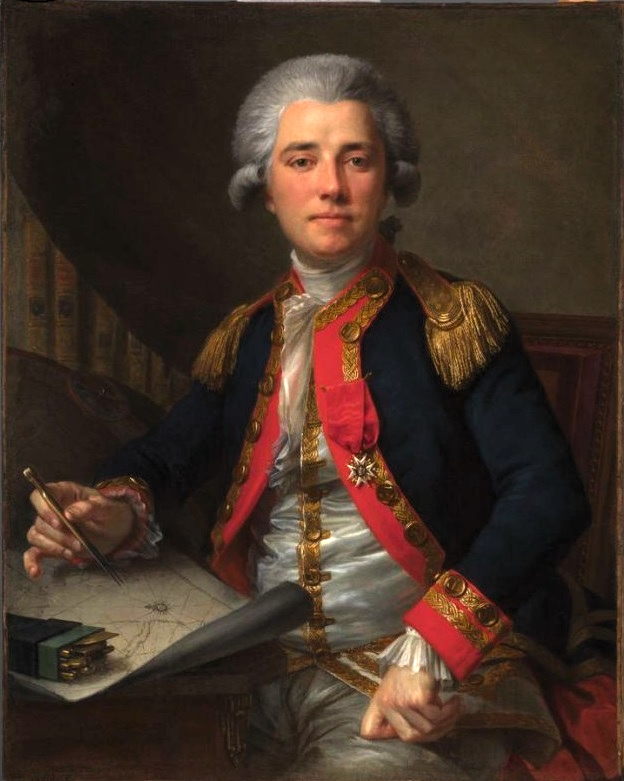
Famous Australian explorers Burke and Wills were similarly found too late. Leading an expedition of nineteen men from Melbourne to the northern parts of Australia, their inexperience and rash leadership decisions hampered their expedition’s success, resulting in their deaths from malnutrition. Indeed, it is believed that the pair would have survived if not for extremely bad luck and poor communication. Only one member of the party, John King, completed the expedition and returned home to Melbourne.
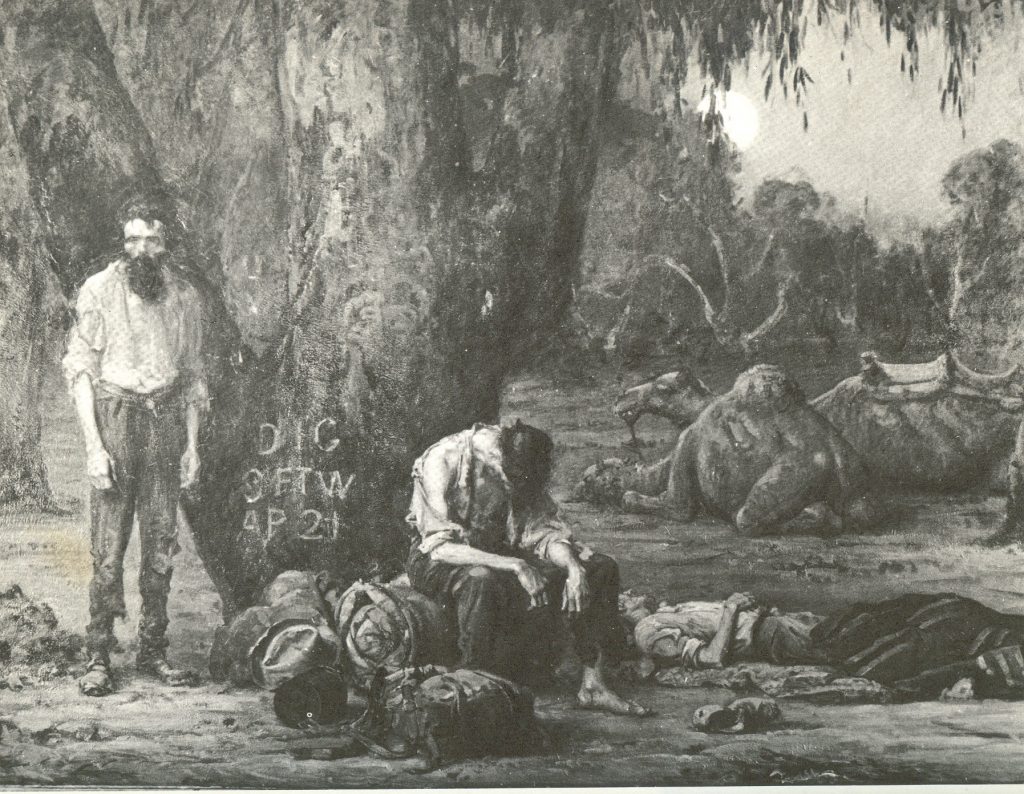
Suffering a similar fate in the Australian Outback was Lewis Lasseter in 1931. An eccentric and perhaps even unhinged explorer, Lasseter lead an expedition to a massive gold mine in the heart of Central Australia. The problem was, however, that the mine did not exist. A failed inventor with a history of self-delusion, he managed to put together an expedition to the fabled “Lasseter’s Reef.” However, as it became more and more clear that Lasseter’s claim was greatly exaggerated, friction developed within the group. The other expedition members doubting his sanity, Lasseter soon found himself abandoned. Although a group of Aborigines helped feed and shelter the erratic explorer, he eventually died of malnutrition, his remains found shortly afterwards.
One of Australia’s aeronautical pioneers, Bert Hinkler, was also found too late. The first man to fly by himself from England to Australia, and across the Southern Atlantic Ocean, as well as an early innovator in building the aircraft, he was killed when trying to break the record from England to Australia, crashing in the Tuscan Mountains, Italy. His body was recovered shortly afterwards, and was buried in a full military ceremony under the orders of Italian dictator Benito Mussolini.
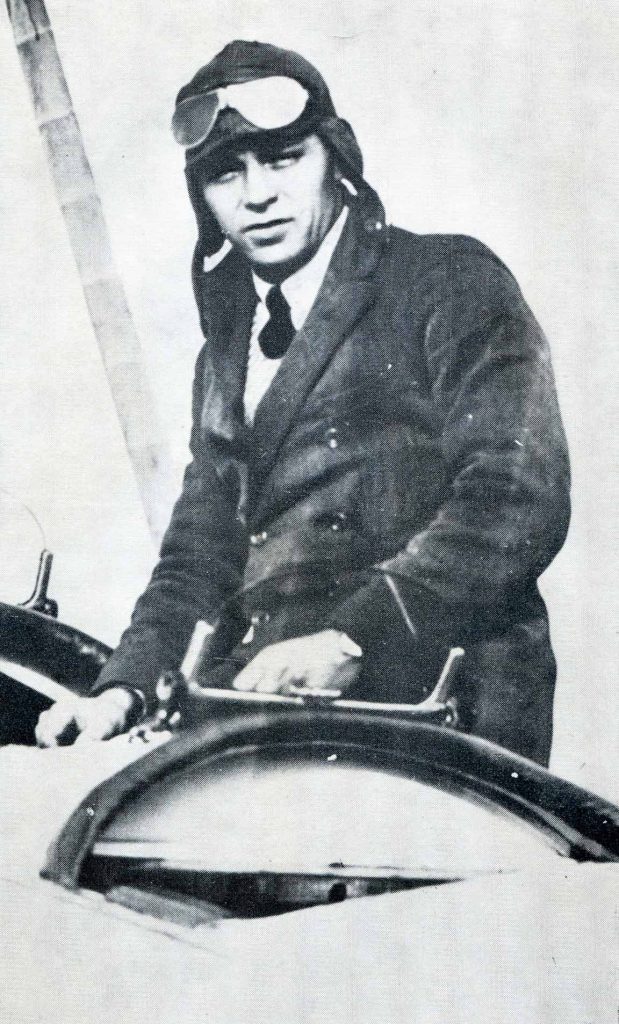
Another aviator who met a similar fate was Hinkler’s fellow countryman Bill Lancaster. Never breaking the records set by Hinkler, Lancaster’s achievements are often overshadowed by his turbulent and controversial personal life. He was believed to have murdered American writer Haden Clarke, his former lover’s fiancé, and narrowly escaped execution. After the trial, Lancaster found himself broke and alone, and decided to attempt to break the record for the England-to-South Africa flight. This was to be his final voyage however, and his aircraft crashed in the Sahara Desert. Although he survived the initial crash relatively unscathed, the search party arrived too late, and he died eight days later.
Destination – Australia

